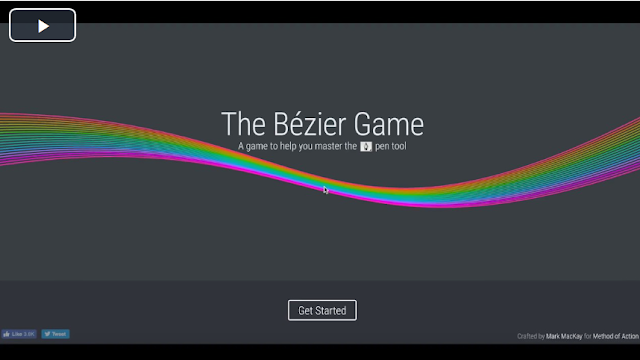Information Design - Flip Classroom
05/01/2021 - 29/01/2021 ( Week 01 - Week 04)
Avery Ong Xuan Ting / 0344462
Bachelor of Design (Hons) in Creative Multimedia / Information Design
Flip Classroom
INSTRUCTION
FLIP CLASSROOM
Reflection
Week 1 ( 05/01/2021 )
During the first class, Ms. Anis had informed us that each group need to prepare for the flip class presentation according to the topic given each week. There are 4 topic, each topic will need 2 groups to present. We remain the same group for this presentation which are Jia Yang, Jez, Rachel, Joshua and me. Our group and group 3 be assigned to prepare flip topic 2 (L.A.T.C.H) on week 2.fig. 1.0 ; flip topic 1
Week 2 ( 12/01/2021 )
Group 1 and group 2 had presented their topic today. Their presentation topic is Types of Infographic. From today's class, I understood that infographic mean information + graphic. It is intended to present information, data and knowledge clearly and quickly.
There are three parts of infographic which are visual, content and knowledge. They had also introduced types of infographic to us, which are statistical infographic, informational infographic, timeline infographic, process infographic, geographic infographic, comparison infographic, hierarchical infographic and list infographic. Through their presentation, it really helps me a lot on how to start the exercises. Therefore, our group had a basic understanding on how to present our flip topic presentation.
fig. 1.1 ; recorded presentation (week 1)
After group 1 and 2 presentation, Ms. Anis had brief our group for the flip topic 2 which is Saul Wurman's L.A.T.C.H Principles. We need to deliver flip class presentation as well as group 3 on the same topic next class.
fig. 1.2 ; flip topic 2
Group 3 and my group had informed to present next class because our topic is easier than others. It means that we only have 3 days to prepare the presentation. Fortunately, our group was very efficient. We had a discussion at Discord to divide the work then we started to prepare our own part. Below is our presentation slide :
fig. 1.3 ; presentation slide
Week 2 ( 15/01/2021 )
We had presented our flip class presentation today. Through this session, I understood that L.A.T.C.H Principles is an effective method to organize and categorize information. It consisted 5 principles which are location, alphabet, time, category and hierarchy.
After preparing this presentation, I have a deep understanding on L.A.T.C.H principles. I started to plan how am I going to design my exercise 2 and what information I need to include for this exercise. Ms. Anis said that our presentation was well prepared.
fig. 1.4 ; recorded presentation (week 2)
After this session, Ms. Anis introduced us the coming up lecturer about the Miller's Law Chunking principle. After the simple explanation by our lecture, group 5 and 6 were informed to start searching info to prepare presentation for next week.
fig. 1.5 ; flip topic 3
Week 3 ( 22/01/2021 )
Today group 5 and 6 had presented their flip presentation. Their flip topic is Chunking Principles of Saul Wurman's. From their presentation, I understood that chunking is a term referring to the process of taking individual pieces of information (chunks) and grouping them into larger units. Chunking allows people to take smaller bits of information and combine them into more memorable wholes. They are few effective chunking techniques which are practice, look for connections, associate and incorporate other memory strategies.
fig. 1.6 ; recorded presentation (week 3)
Ms. Anis shared us the coming up lecturer about the Manuel Lime's 9 Directives Manifesto. After the simple explanation by our lecture, group 7 and 8 were informed to prepare their presentation for next week. This was the last flip presentation.
fig. 1.7 ; flip topic 4
Week 4 ( 29/01/2021 )
Today is the last flip presentation and last lecture class. I had learned about Manuel Lime's 9 Directives Manifesto. It is a set of rules to follow in order to create a good information visualization design. "Information Visualization is the use of computer-supported, interactive, visual representations of abstract data to amplify cognition." -- Ben Shneiderman, Stuart K. Card and Jack D. Mackinlay.
The 9 Directives Manifesto :
1. Form Follows Function
2. Interactivity is Key
3. Cite Your Source
4. The Power of Narrative
5. Do Not Glorify Aesthetics
6. Look for Relevancy
7. Embrace Time
8. Aspire for Knowledge
9. Avoid Gratuitous Visualizations
Their presentation was detailed and well prepared for us to understand what is 9 Directives Manifesto. However, the example they found was good enough to illustrate all of the 9 directives for information visualizations.




Comments
Post a Comment